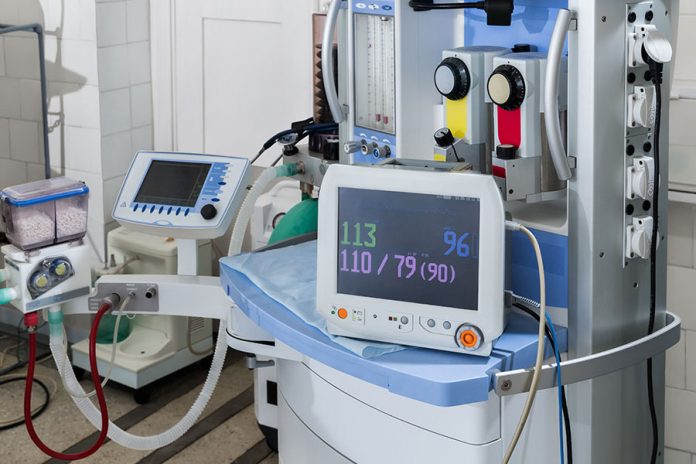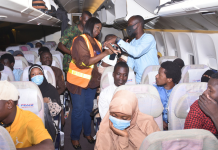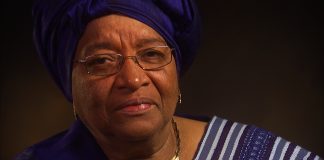In 2015, the entire Sub-Saharan Africa was reported to have a deficit of 1.8 million health workers, according to a report by the World Health Organization, WHO. The deficit was projected to rise to 4.3 million by 2035. There are a number of reasons for the shortfall, including a lack of funding for education and training, international migration and career changes among health workers, illness, premature retirement, and even premature deaths.
Eminent African-Americans and influential Africans in The Diaspora have decried the development. The medical practitioners among them particularly bemoan the obvious inadequacy of the region’s current healthcare education system. They view the situation in their mother-continent as pathetic. Currently, there are only 170 medical schools serving the 47 countries of sub-Saharan Africa. Of those countries, 6 have no medical schools, and 20 have only one medical school each.
As a stop-gap measure, some of the affluent ones residing in the US, Canada and Western Europe have resorted to visiting Africa yearly to organise free health programs for the very needy and the elderly. For instance, the Association of Black African surgeons in Canada has announced a $100 million grant to three universities in Sub-Saharan Africa to beef up facilities in their teaching hospitals. Other groups have been sending substantial amounts of money to health agencies and renowned health agencies in sub-Saharan Africa to cater for their sick kith and kin who lack the resources to pay their hospital bills.
Ordinary Nigerians have benefitted immensely from this type of gesture. It is common place to see groups of people clustering at village and town squares receiving screening from sophisticated medical equipment flown in by foreign-based Africans. In many cases, the locals also receive valuable and expensive drugs free of charge.
Beyond the shortage of available health workers there is also a problem of access, with significant disparities between urban and rural areas. At the top, a small minority receives care that rivals that of higher income countries, and a somewhat larger minority of urban dwellers enjoys access to hospital care. But because the majority of rural communities lack both health workers and infrastructure, many patients bypass essential primary or preventive care. If they are able to pay for it, rural residents may attempt access care at hospitals. But without a comprehensive primary care infrastructure, many must rely on local chemists or traditional healers.
Even where health workers are available, facilities can be short-staffed, with poor continuing-education training and few opportunities for professional development. From country to country, health workers can be seen and heard complaining, “The workload is too much. We have many patients but not enough staff. The equipment is not adequate. There are no materials to work with”. One midwife in a functional primary care facility in Nigeria put the matter graphically, “The inherent difficulties make me want to transfer to a hospital where they have more staff.” The efforts of foreign-based Africans seem to fall short of what is required.


















